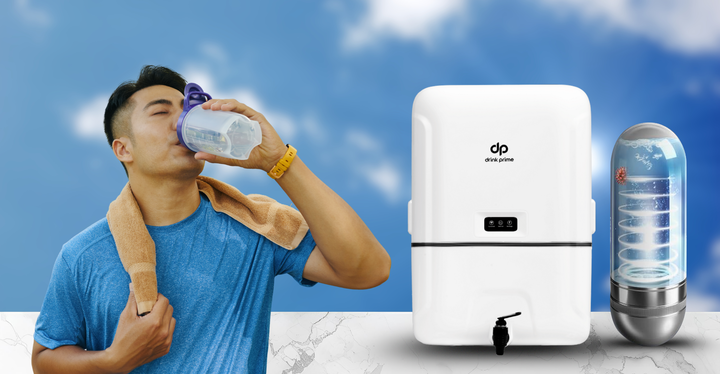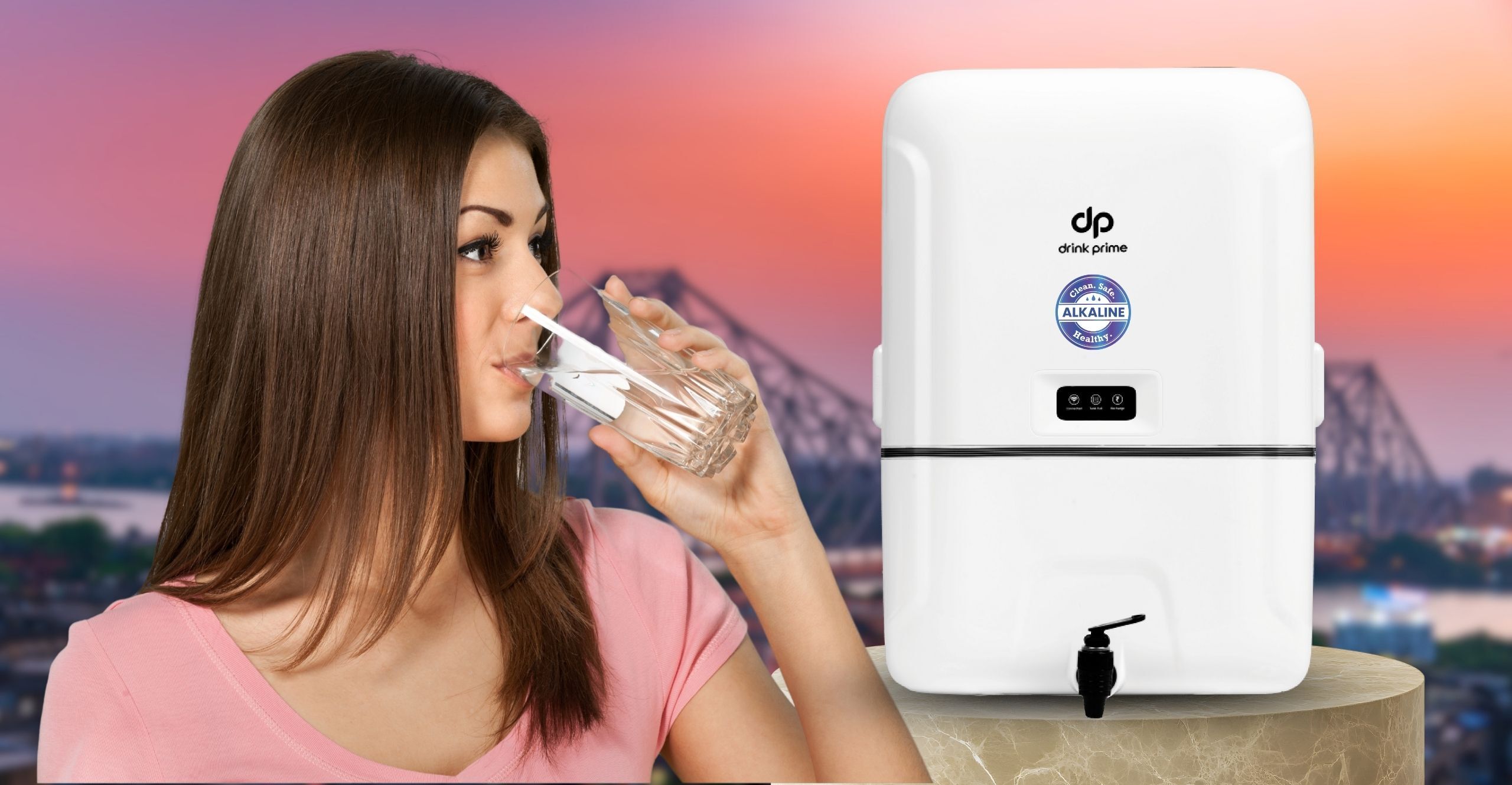Using an RO water purifier not only gives us safe, clean, and tasty water but also protects us from life-threatening waterborne diseases.
But the wastewater coming out from the RO water purifier must be a concern for you. Right?? And there’s nothing wrong with it because it is a thing to be concerned about. Because an average RO purifier wastage approximately 3 liters of water for every 1 liter of purified water. That means only 25% of water is purified and 75% of water comes out as waste and yeah it is a lot.
However, the RO wastewater can be used in various ways to avoid overall wastage of water in your home or office.
If you read this article until the end then you will have enough practical ways to reuse wastewater coming out from the RO water purifier.
WASHING CAR
Waste RO water can be used for washing cars or other vehicles. A single car wash could consume anywhere between 14 liters to 75 liters of water. If you are using RO water purifier at your home or office then you can simply store the waste water in some tank or bucket and reuse it for washing your car. Water with TDS level of 1200–1500 PPM can be safely used for car or other vehicles washing. If the TDS level of waste water is high you can mix tap water to dilute it. This will lower down the TDS level and is acceptable for cleaning car or other vehicles.
WATERING YOUR PLANTS AND GARDEN
Waste RO water can be used for watering your plants to keep your indoor garden green.
But as the RO water have high TDS so diluting it with normal tap water and then using it for watering plants is recommended because high TDS can reduce the fertility of soil.
FLOOR MOPPING
Waste RO water can be used for mopping. Using the RO waste water for mopping the floor is easy and will definitely save tens of litres of clean water every day. Waste RO water contains high dissolved salts and using such water for mopping can results salt stain on the surface. If the TDS level of waste water is high (over 2000 ppm) dilute an equal quantity of tap water to avoid such stains. Also using such water on a daily basis should be avoided. So, use waste water for floor mopping on alternate days. This will reduce the chances of any stains or salt deposits.
PRE-RINSING LAUNDRY
Waste water can be used for rinsing the clothes before washing. As the waste RO water contains dissolved salts it may help in removing stains on the clothes, but please keep in mind that using high TDS water might not be suitable for some delicate fabrics.
WASHING UTENSILS
Another useful application for RO waste water is to wash your utensils. When the washing is done using such water, the water should be removed completely using cloth because the waste RO water contains dissolved salt and if such water remained in contact with the utensils for a long time then it may leave salt stains on it. Also diluting waste RO water with normal tap water is recommended before using it to clean utensils wash utensils.
FLUSHING TOILETS
The best reuse of waste RO water is to use it for flushing the toilet. Every single flush sends approximately 5 to 7 litres of potable water down the drain.RO waste water can be used effectively to reduce this wastage of clean water by using it to flush your toilets.
CLEANING SEWAGE PIPES
Waste water can works as a good cleaning agent for cleaning sewage pipes. As it contains dissolved salts which can help removing stains and dirt in savage pipes.
CONCLUSION
We have just seen seven uses of wastewater from RO water purifiers. It is natural that we should be checking the TDS level before using it for all these purposes. However, we tend to save a lot of good water when we use RO waste water for all these alternative purposes. Because this is the need of the hour considering the fact that we are living in an age where there is scarcity of water all over the country, and these little measures can make a world of a difference.



